Clean Buildings
Clean Buildings Performance Standard
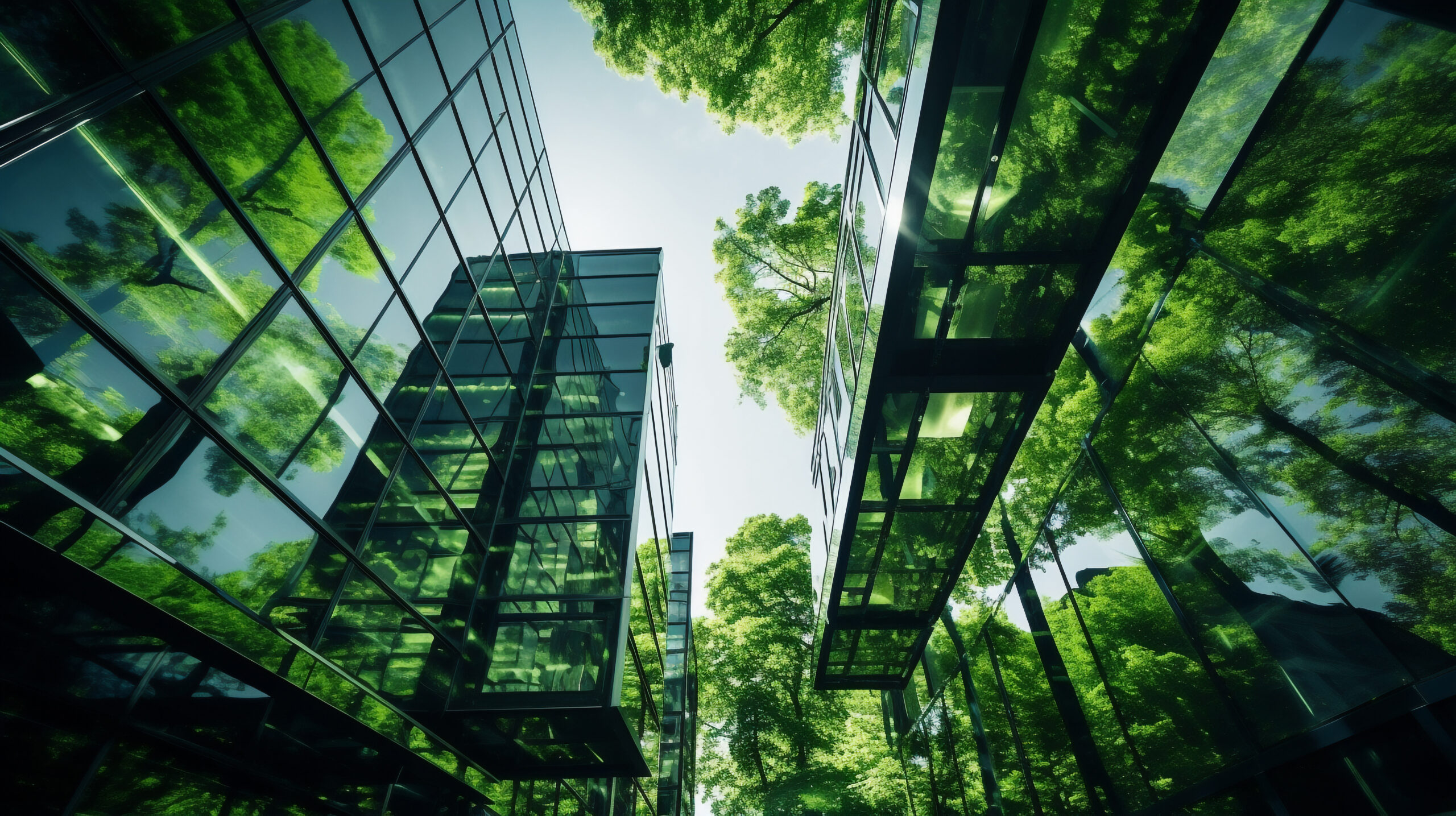
Clean Buildings Performance Standard Homepage
The Clean Buildings Performance Standard is mandatory for Tier 1 covered buildings (over 50,000 gross square feet) and Tier 2 covered buildings (over 20,000 to 50,000 gross square feet, including multifamily) located in the state of Washington.
Compliance for Tier 1 buildings greater than 220,000 sf begins June 2026. Tier 2 buildings will be identified by July 1, 2025 and reporting begins July 1, 2027.
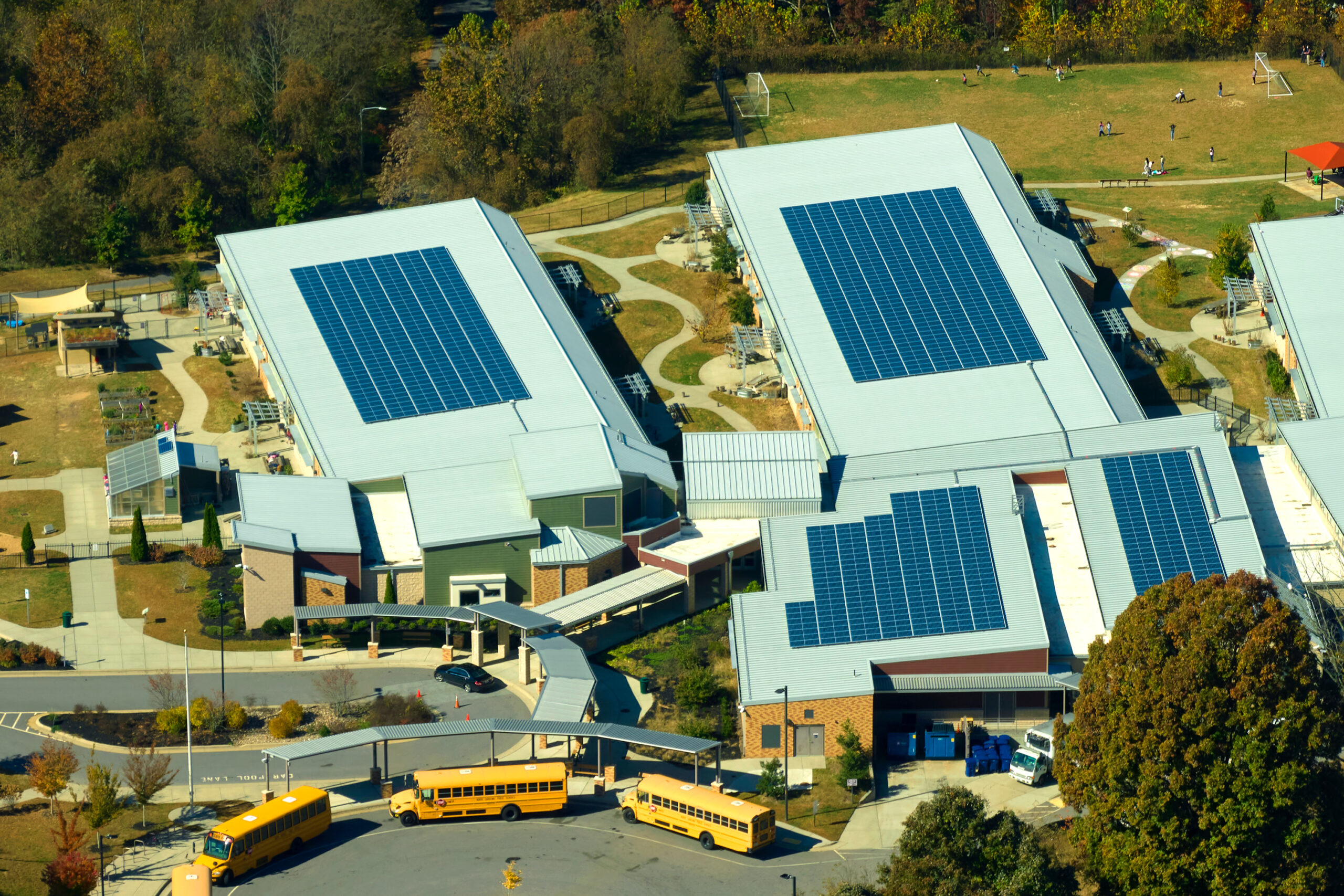
Clean Buildings Early Adopter Incentive Program
The Early Adopter Incentive Program offers incentive funds to encourage Tier 1 and Tier 2 building owners to comply with the Clean Buildings Performance Standard early. The Early Adopter Incentive Program for Tier 1 covered buildings began July 1, 2021 are limited to $75 million. Funding is still available.
The Tier 2 incentive program will begin July 1, 2025 and is limited to $150 million.
Grants, rebates and incentive programs
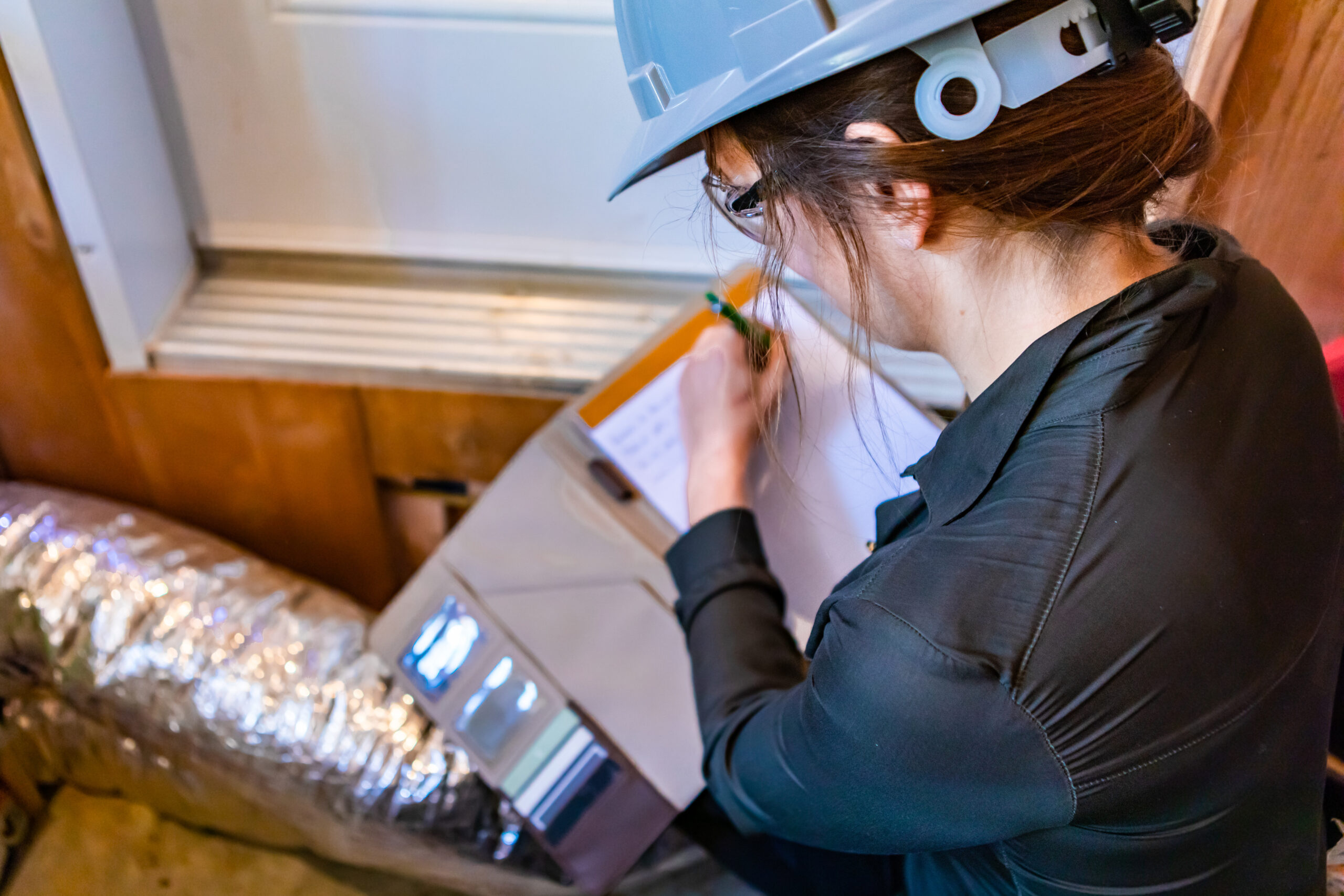
Energy Audit for Publicly Owned Buildings
The Energy Audit for Public Buildings Program offers upfront funds to help pay for investment-grade energy audits on public buildings. Energy audits are used to identify all cost effective energy efficiency measures and can be used to comply with the Clean Buildings Performance Standard or qualify for the Early Adopter Incentive Program.
Funding details and webpage pending. Please email CleanBuildingsIncentiveProgram@Commerce.wa.gov for more information.
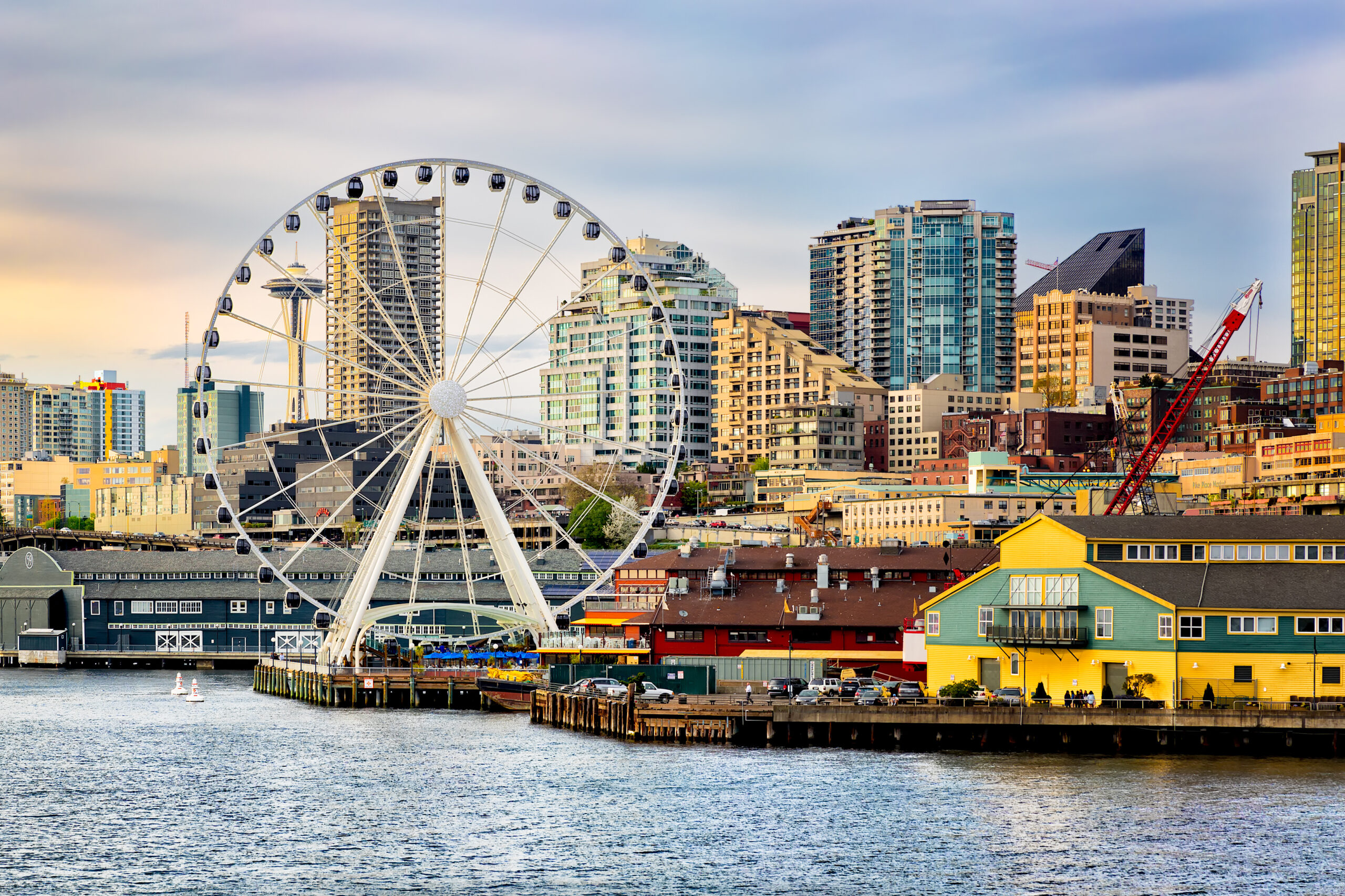
Energy Efficiency Conservation Block Grants (EECBG)
These are capacity-building planning grants for local governments. Washington will pass-through over $2 million in federal formula funding to cities and counties that are ineligible for direct allocations from the federal Department of Energy. Priority consideration will go to disadvantaged and highly impacted communities.
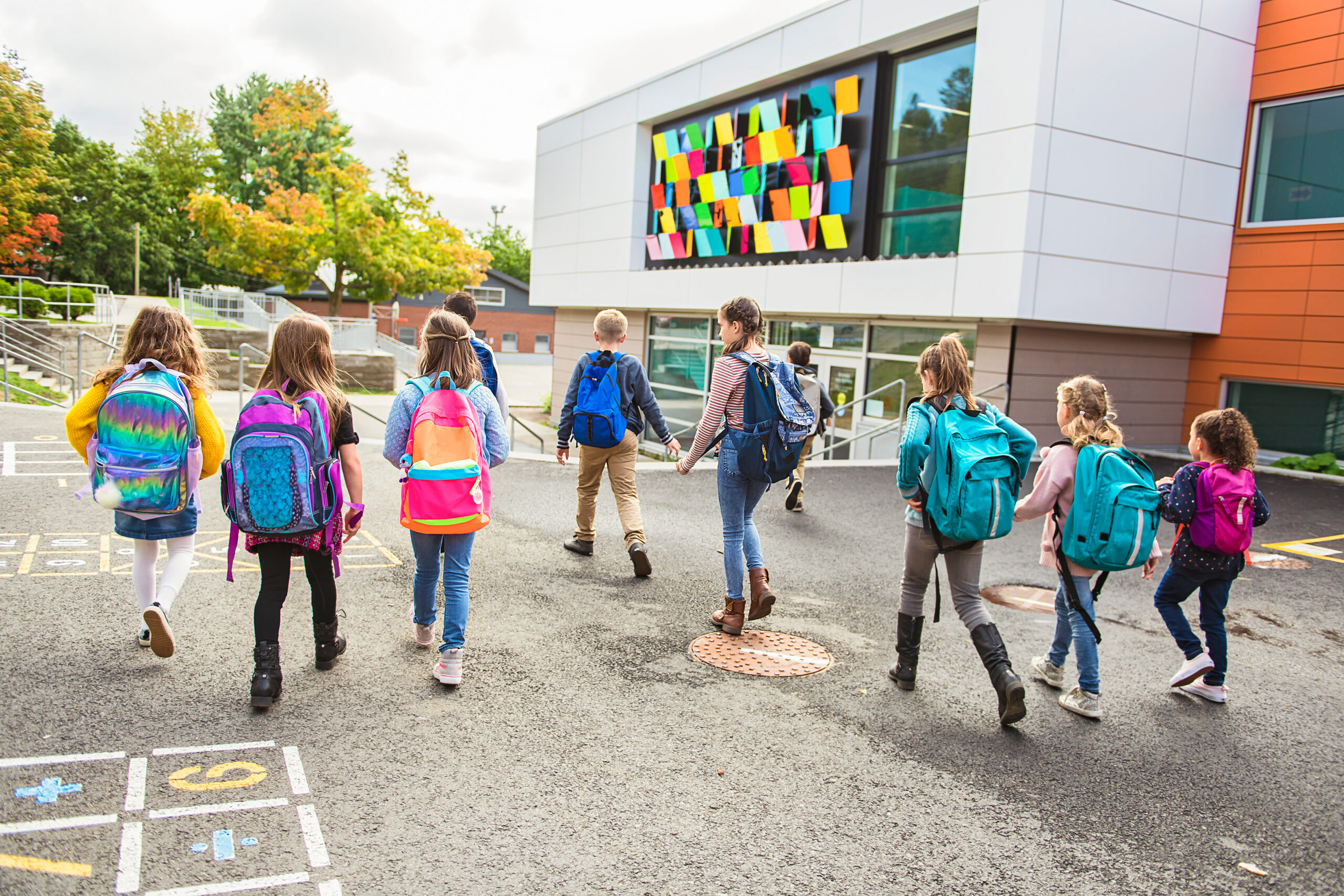
State Funded Energy Efficiency Retrofit (EER)
This program serves communities throughout Washington by funding projects that improve existing publicly-owned facilities and related projects that result in energy and operational cost savings. This is competitive funding for energy efficiency improvements at buildings and facilities such as schools, hospitals, community centers, affordable housing, and wastewater treatment plants.
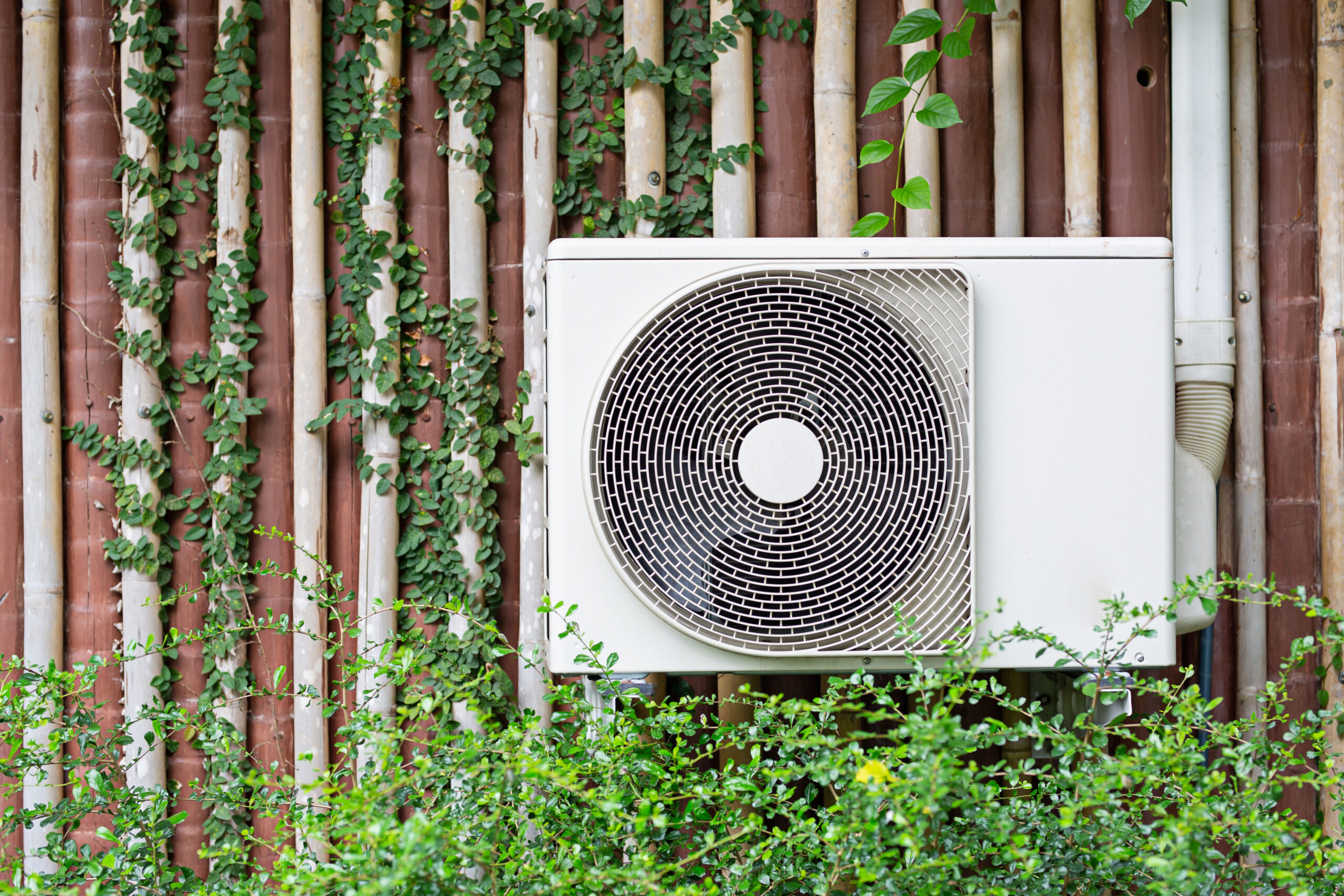
State Funded Electrification and Appliance Rebates
The Home Electrification and Appliance Rebates (HEAR) Program consists of grants to eligible third-party administrators to provide rebates and incentives to households, small businesses, and adult family homes to purchase and install high-efficiency electric equipment. The current funding is over $75 million for 2024-2025.
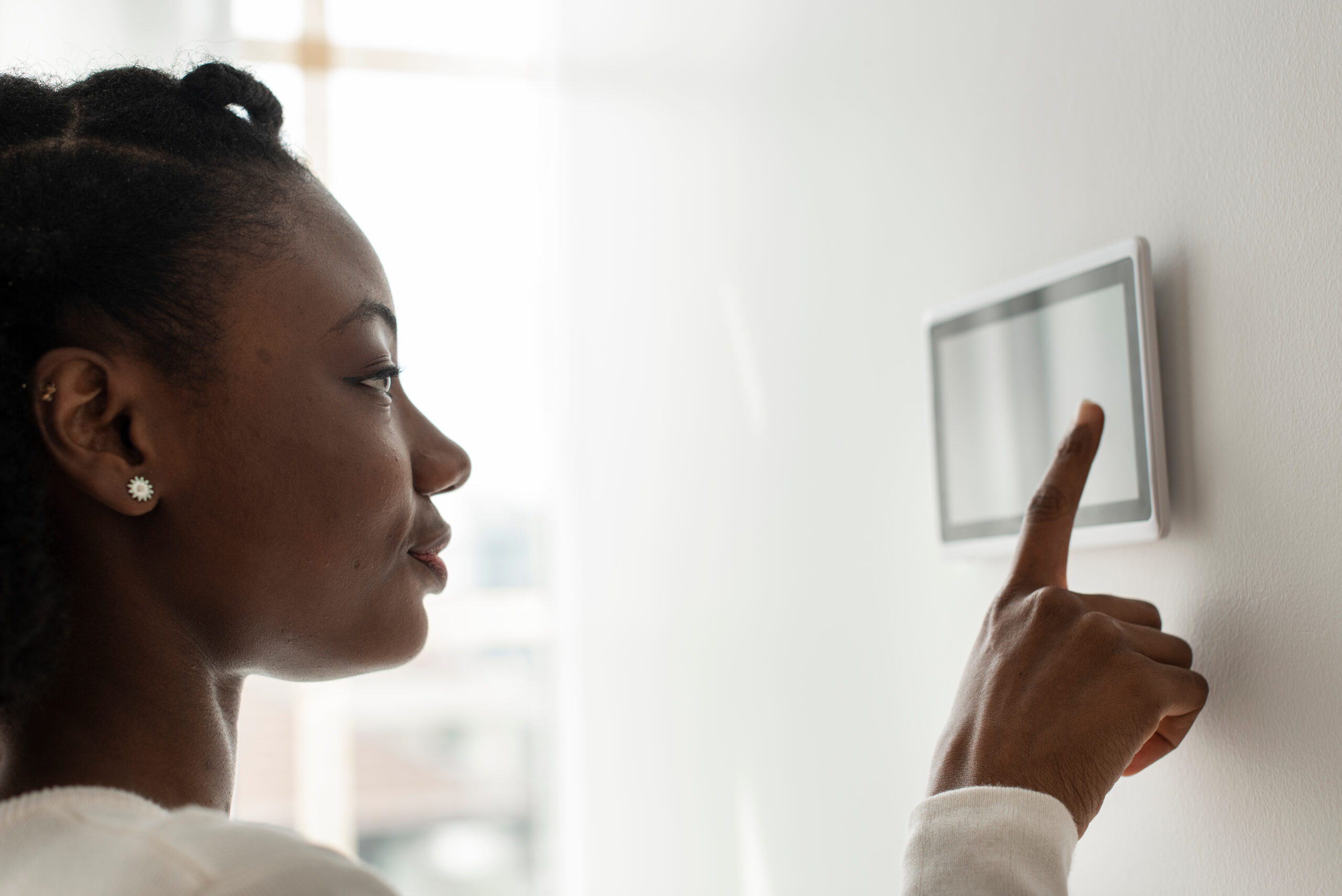
Inflation Reduction Act Home Energy Rebates
The federal Inflation Reduction Act (IRA) will provide over $160 million in funding for rebates to support single family and multi-family residential energy efficiency improvements. These programs provide rebates for weatherization, high efficiency electric appliances, and the associated electrical upgrades. These are two federally-funded programs administered by the Department of Energy. The estimated program launch date is in early 2025 via a third party implementer.
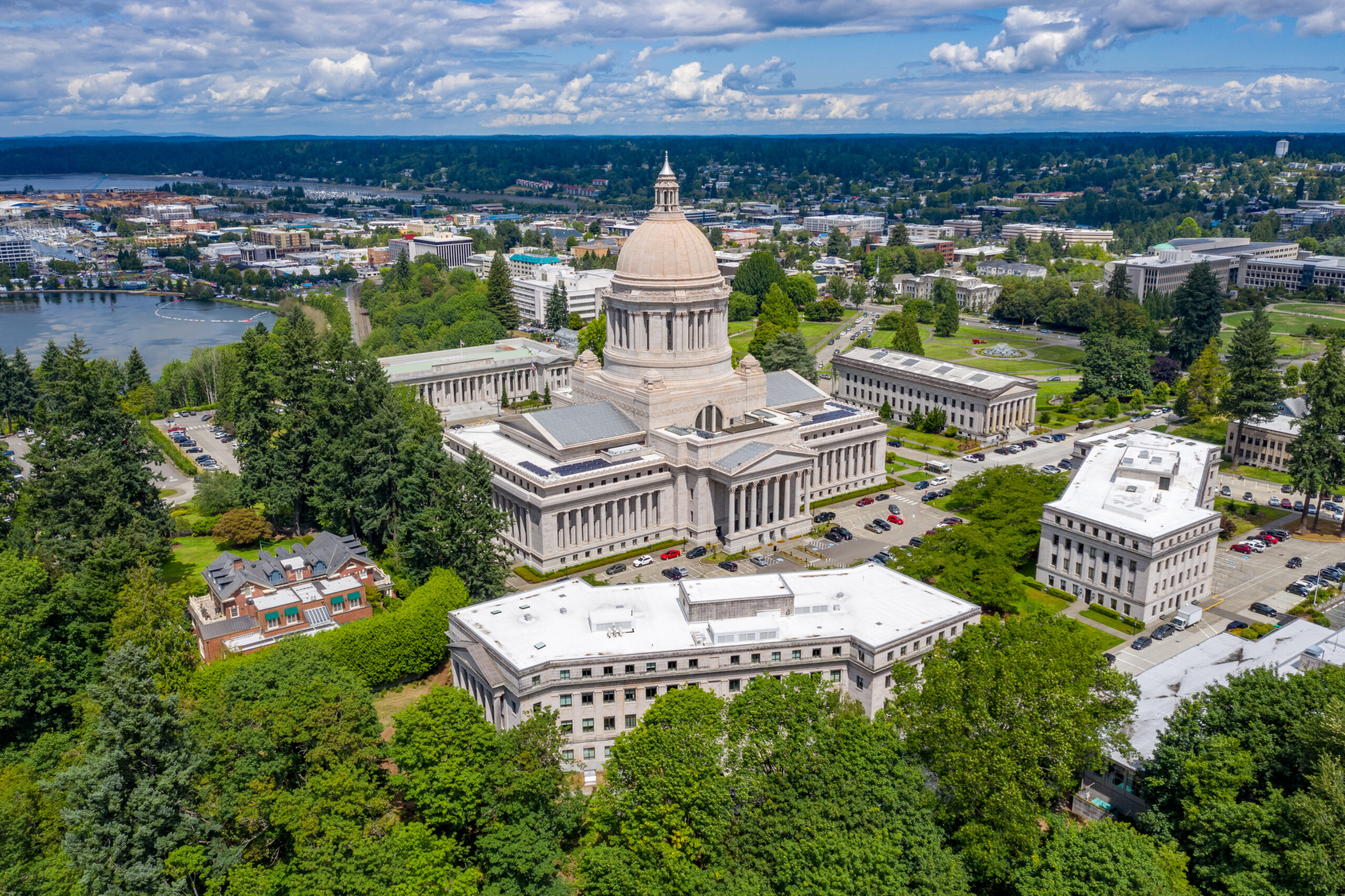
State Project Improvement Grants
State Project Improvement (SPI) grants provide funding for state agencies to redesign previously budgeted building projects at existing state-owned buildings to increase energy efficiency and environmental performance. Funding covers the additional costs of more efficient project options such as higher efficiency heating systems, insulation or windows. SPI grants cut energy costs, reduce pollution, and improve the health and comfort of state buildings in communities across the state.
Ongoing programs (funding distributed)
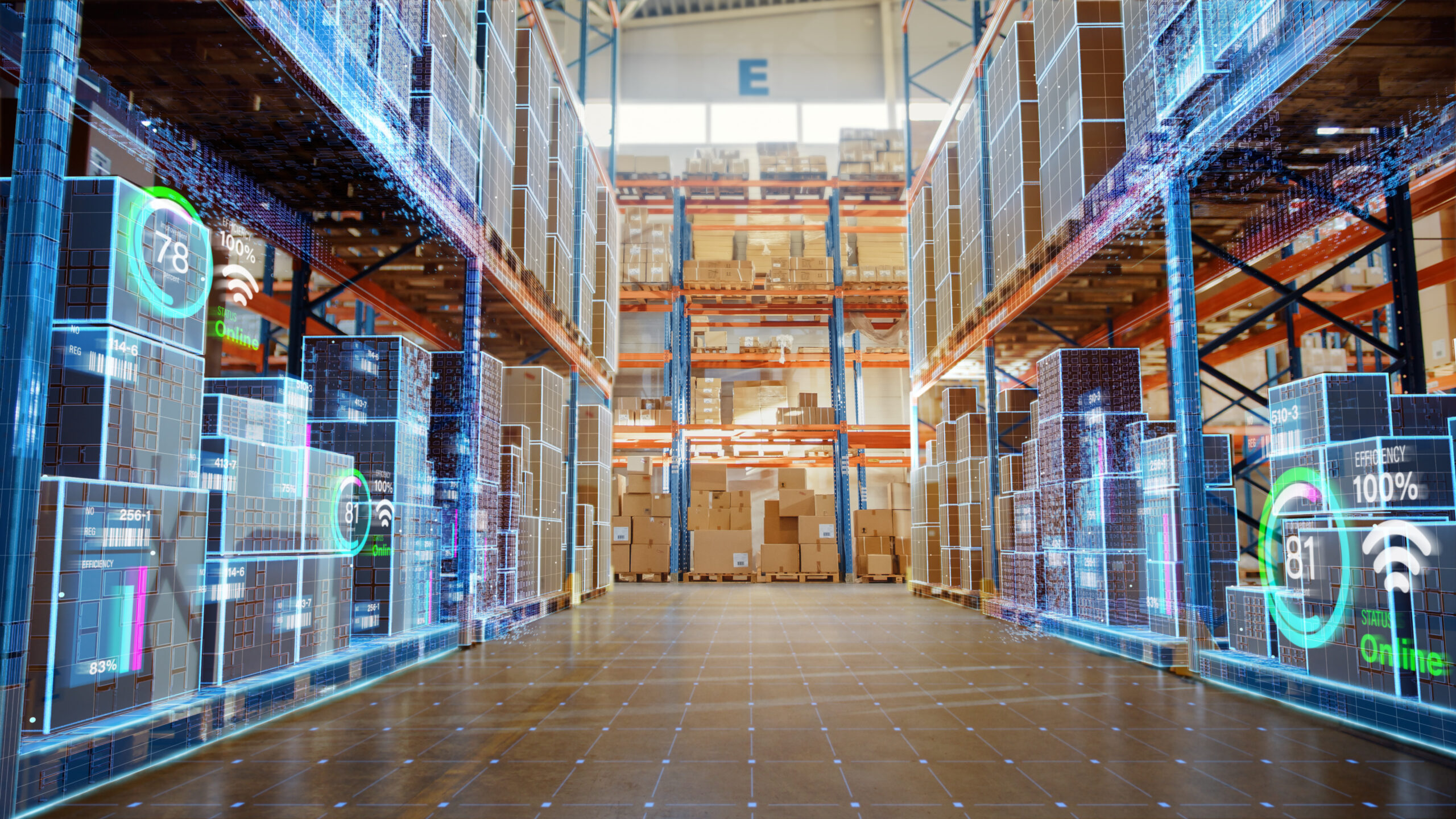
Appliance Standards
Appliance Standards represent a cost-effective strategy to protect consumers and businesses and strengthen the state’s clean energy economy. Efficiency products save energy and water, reduce long-term operating costs, and cut greenhouse gas emissions.
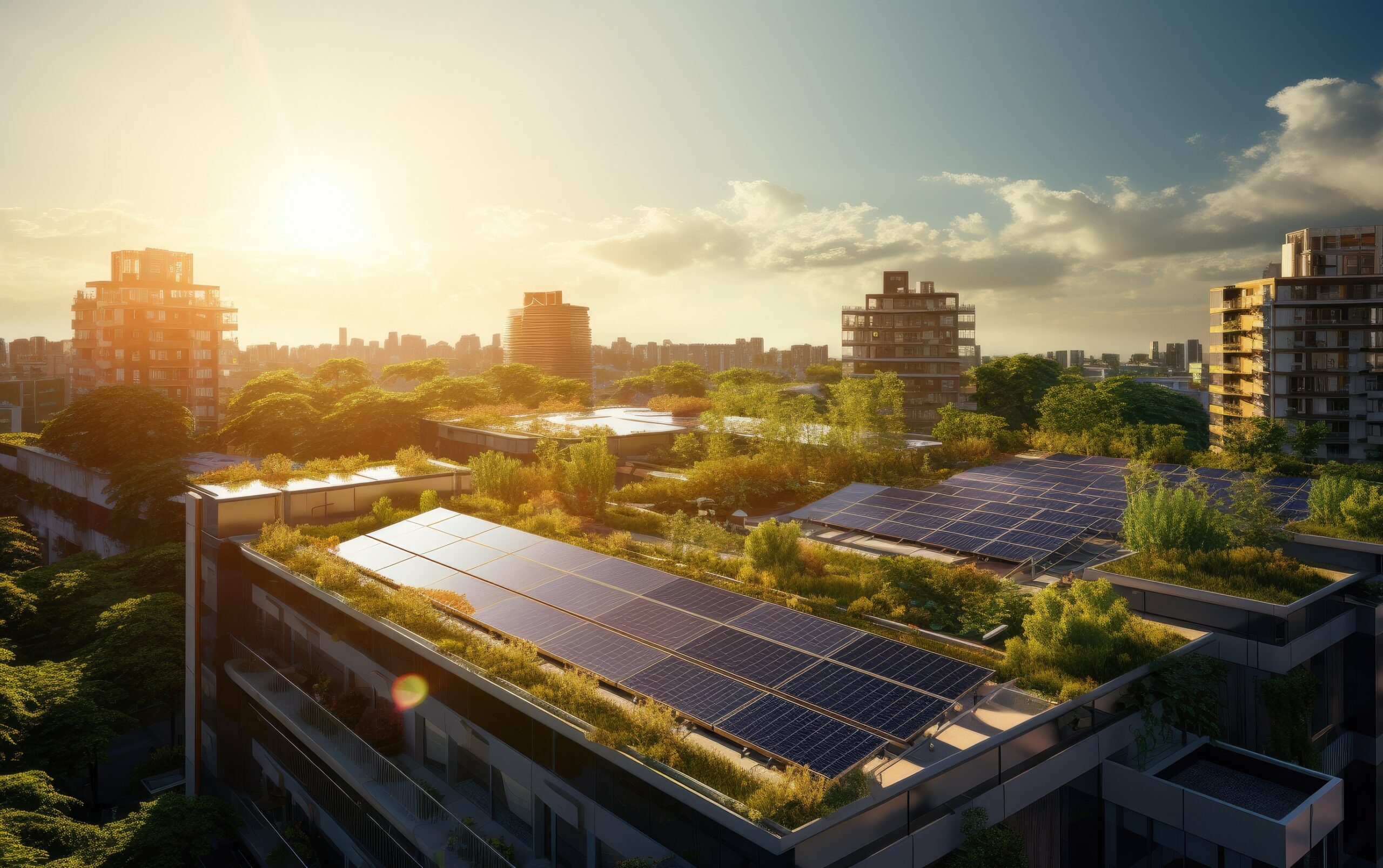
Building Electrification Program
The Building Electrification Program provides funding for multifamily residential and commercial building owners and tenants to deploy and demonstrate grid-enabled, high-efficiency, all-electric buildings that reduce greenhouse gas emissions and accelerate the path to zero-energy. This includes shifting from fossil fuels to high-efficiency electric equipment and systems, control systems that enable grid integration or demand control, and on-site renewable generation and efficiency measures.
Weatherization and related programs
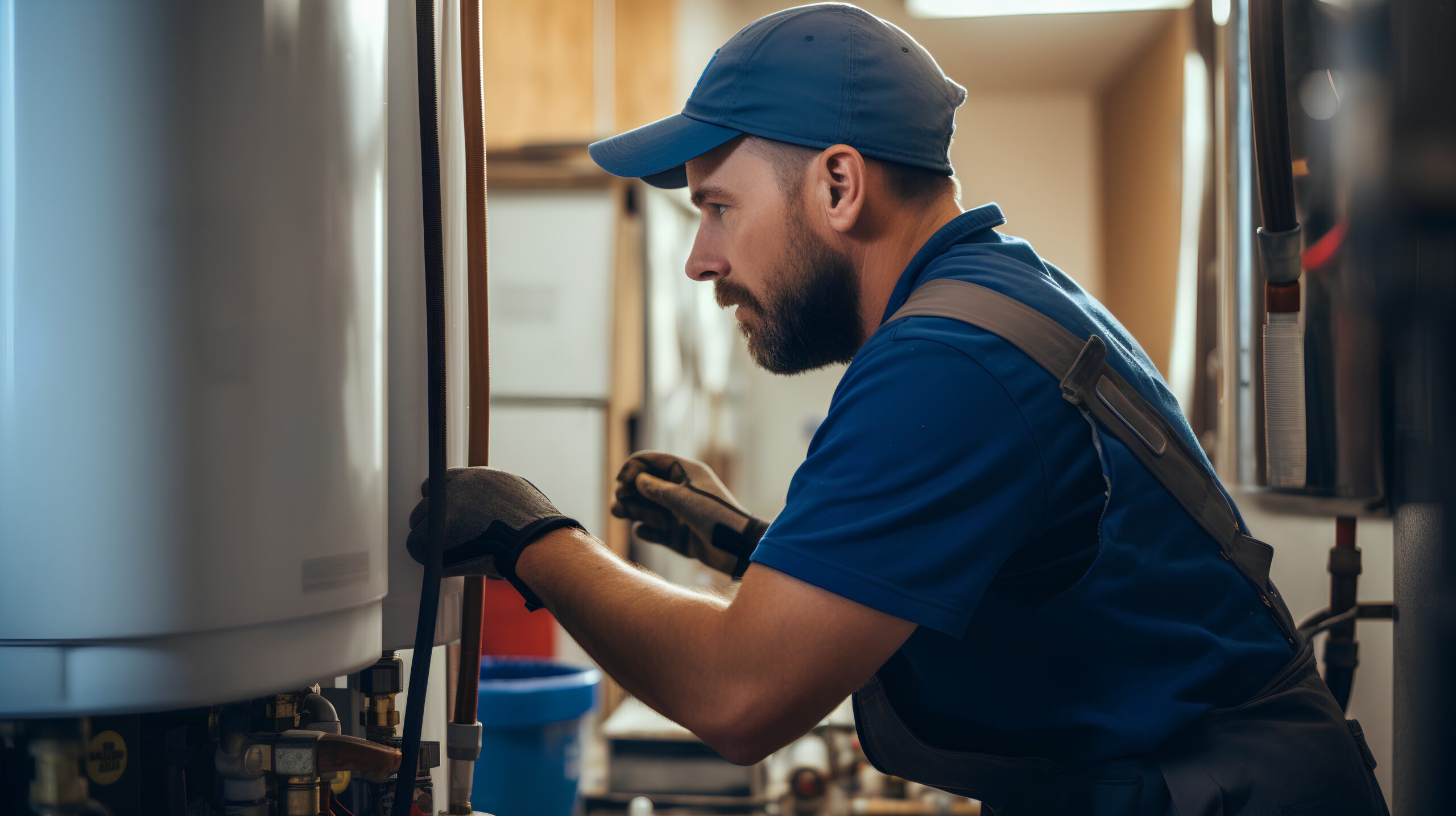
Weatherization Assistance Program (WAP)
The Weatherization Assistance Program (WAP) can provide home improvements that reduce energy bills while increasing comfort for qualified low-income residents.
Home Rehabilitation Grant Program (HRGP)
The Home Rehabilitation Grant Program (HRGP) can provide funds needed for homeowners to improve the quality and stability of the home.
Community Energy Efficiency Program (CEEP)
The Community Energy Efficiency Program (CEEP) encourages homeowners and small business across the state to make energy efficiency retrofits and upgrades. The WSU Energy Program (funded by Commerce) executes and manages these community-based programs.
Contact
Clean Buildings Performance Standard
Email: Buildings@Commerce.wa.gov
Home Rebate Programs
Email: HomeRebates@Commerce.wa.gov
